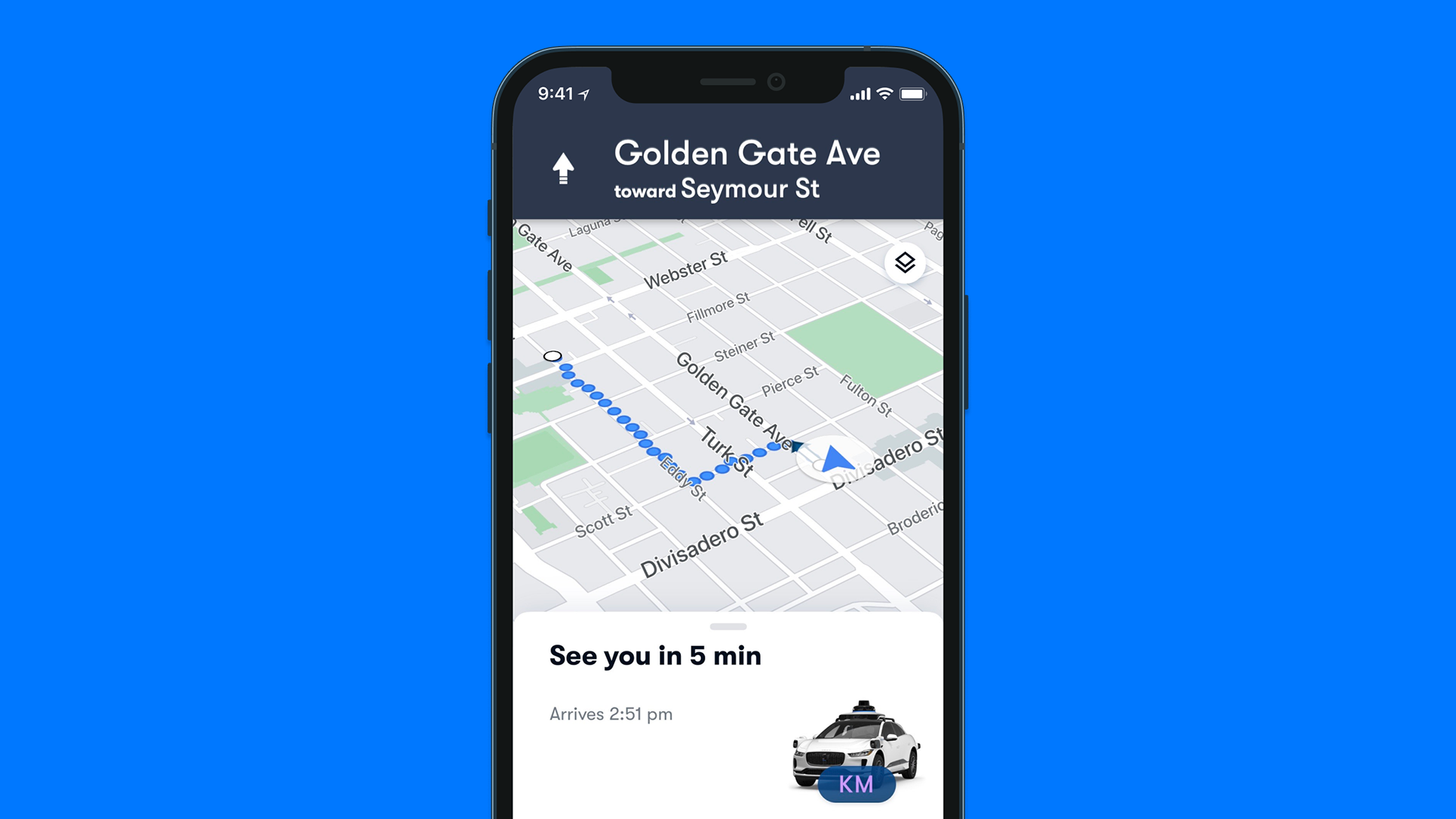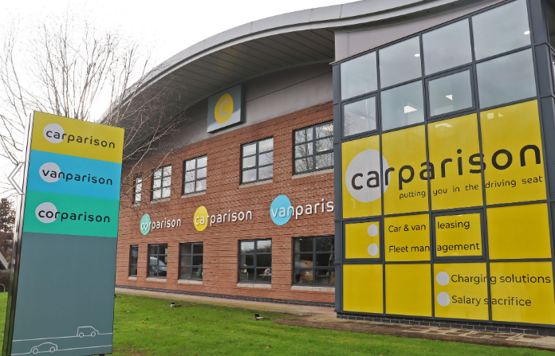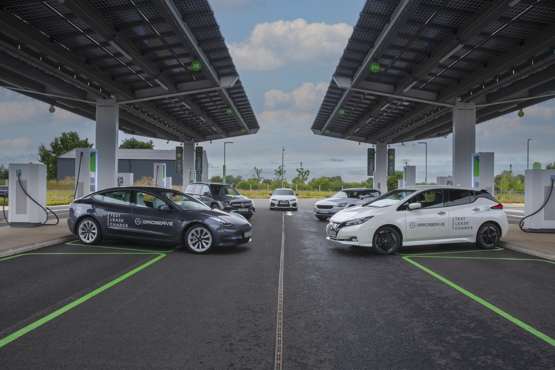
Accessibility is one thing we care deeply about at Waymo, as our mission is to assist enhance highway security and mobility for all. As this subject is such a core a part of what we do, we have been honored to make it to the semifinals within the U.S. Division of Transportation Design Problem
Accessibility is one thing we care deeply about at Waymo, as our mission is to assist enhance highway security and mobility for all. As this subject is such a core a part of what we do, we have been honored to make it to the semifinals within the U.S. Division of Transportation Design Problem. DOT’s purpose was to generate design options that allow individuals with bodily, sensory, and cognitive disabilities to make use of automated automobiles to entry jobs, healthcare, and different important locations. The DOT helps to additional artistic product pondering round inclusive mobility, and we’re happy with the options that we designed and built-in into our Waymo One service.
To assist construct the options, we partnered with many teams affected by lack of mobility choices as a part of our Let’s Talk Autonomous Driving public schooling initiative, and we sought their enter to form our submission. We’re happy to share a number of the options we developed for our Waymo One ride-hailing service, and we’ll proceed so as to add extra inclusive options for our riders over time.
Take a look at highlights on a few of these inclusive ride-hailing options under. Because of our Waymo One riders and companions for co-creating with us!
- Flip-by-turn navigation: We constructed turn-by-turn navigation instantly within the Waymo One app in order that it might be a well-known expertise for the rider and so they might get each journey information (e.g. ETA of the automobile) and navigation information with out switching between a number of apps. Whereas turn-by-turn navigation is lively, the consumer interface will show steering to the pickup or automobile. This method guides the consumer on essentially the most applicable path for pedestrians, using information of sidewalks, crosswalks, and different terrain options to offer essentially the most appropriate route.
- Automobile ID: Waymo’s Automobile ID characteristic is a visible means for customers to determine their assigned automobile at a near-to-medium distance. The Automobile ID characteristic consists of a visible show on the automobile, both seen on the automobile dashboard (for our Chrysler Pacifica automobiles) or instantly on the automobile’s sensor dome on the roof (on our Jaguar I-PACE automobiles). The show exhibits the consumer’s customizable “Automobile ID”, which consists of two coloured letters. The consumer can configure the letters and choose from various colour choices by way of the rider app. The Automobile ID is proven whereas the automobile waits on the pickup location to point that the automobile is reserved for the rider and able to board.
- Objective-built automobile sounds: Having the ability to honk the horn is a characteristic we launched in our autonomous Waymo service and it has been an enormous assist for wayfinding to the automobile, notably for somebody who’s blind or who has low-vision. Nonetheless, bystanders or different highway customers may even see the horn sound as rude. As well as, riders expressed reluctance to make use of this characteristic to keep away from drawing undue consideration to themselves, or unintentionally annoying others. The sound of the horn itself can be not tailor-made for wayfinding; so we up to date it with an lively high-pitch electrical piano with repetitive melodic runs & fast bursts of bells. The upper-range melodies have been extra audible and discernable at larger distances.
- Distance-to-car compass: Flip-by-turn navigation is helpful for broad steering towards a vacation spot, however lacks precision to direct riders towards a selected pinpointed spot. It due to this fact loses utility as riders transfer nearer to their automobile. To satisfy this want for close-range steering, we developed a compass instrument that directs riders towards their automobile or pickup spot, guiding each distance and course.
Along with these particular options, we additionally re-worked our design system to not solely be extra versatile, but in addition to be extra adaptive to the consumer’s context. For instance, within the app’s predominant display throughout a visit, we created a row of buttons that exhibits a number of actions and dynamically prioritizes them based mostly on the consumer’s context and the place they’re on their journey.
Keep tuned for extra updates sooner or later as we proceed to develop inclusive mobility options and be taught from our Waymo One riders.
SOURCE: Waymo








